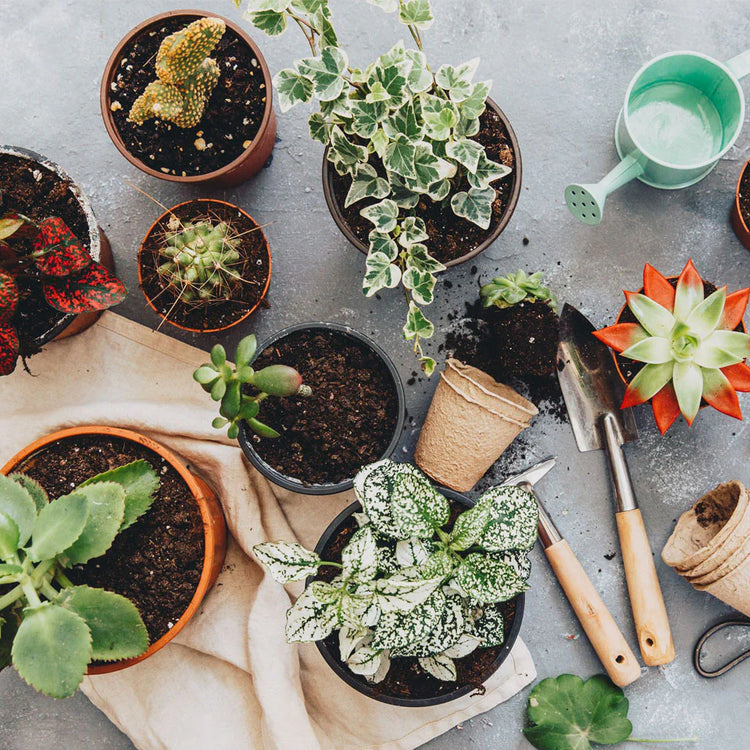By GreenLeaf Gardener
Hello to all hobbyists, gardeners, homeowners, and nurturing parents out there! We know you value sustainability and appreciate the wonders of nature. So, let's talk about a fantastic way of turning kitchen waste into a nutrient-rich soil conditioner, which can remarkably enrich your gardens and green spaces. Welcome to the world of Bokashi Composting!
What is Bokashi Composting?
Bokashi composting, originating from Japan, is an anaerobic process that relies on inoculated bran to ferment kitchen waste, including meat and dairy, into a safe soil builder and nutrient-rich tea for your plants. But the secret to an efficient Bokashi system lies in quality Bokashi products, and that's where Good Green Earth comes into play.
Step-By-Step Guide to Bokashi Composting
-
Set Up Your Bokashi Bin: Start with the Good Green Earth - Bokashi Compost System 20L. It's a handy, efficient system perfect for beginners and experienced composters alike.
-
Add Your Waste: Simply add your food waste to the bin. Remember, Bokashi composting can handle almost all organic waste — including fruits, vegetables, meat, dairy, coffee grounds, and tea bags.
-
Sprinkle the Magic Dust: Each time you add waste, sprinkle a handful of Good Green Earth - Bokashi PRO-GRO Fermented Fertilizer over it. This product is a fantastic compost activator that accelerates the fermentation process and ensures an odor-free experience.
-
Press It Down: Compact the waste using a tool to remove any air gaps.
-
Repeat: Keep adding layers of waste and Bokashi bran until the bin is full.
-
Ferment: Once full, seal the bin tightly and leave it aside for two weeks.
-
Drain Liquid: Every few days, drain the Bokashi tea from the bin. This liquid makes a fantastic nutrient-rich fertilizer when diluted with water (1:100).
-
Use Your Compost: After two weeks, your pre-compost is ready. You can either dig it into your garden or add it to a traditional compost bin where it will break down further and faster.
Benefits of Bokashi Composting
Waste Reduction: Bokashi composting can handle nearly all your kitchen waste, reducing the amount of waste heading to the landfill.
Quick and Odor-free: This process is faster than traditional composting methods and it's completely odor-free.
High Nutrient Content: The end product is a nutrient-dense soil conditioner, beneficial for all types of plants.
Indoor Friendly: Since it's a sealed system, Bokashi composting can be done indoors, perfect for those with limited outdoor space.
Pros & Cons of Bokashi Composting
As with any system, there are pros and cons to consider.
Pros:
- Can compost nearly all kitchen waste
- Quick process with ready-to-use compost in weeks
- Produces nutrient-rich compost and compost tea
- Odorless and pest-free
Cons:
- Requires a small investment in a Bokashi bin and bran
- The Bokashi compost needs to be buried in soil or added to a traditional compost bin to fully decompose
- Requires a regular supply of organic waste
With the right resources like the Good Green Earth products and a bit of dedication, Bokashi composting can be a gratifying way to minimize waste and enrich your garden. Not only are you reducing your carbon footprint, but you're also contributing to a greener and healthier Earth.
So, let's embrace Bokashi composting and usher in a more sustainable future. Keep it green, folks!
GreenLeaf Gardener


